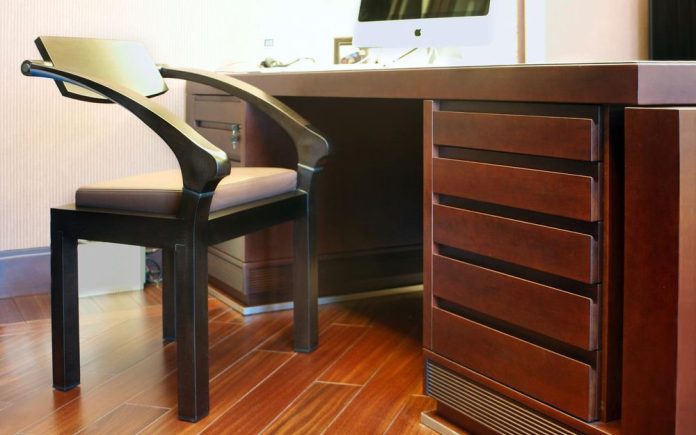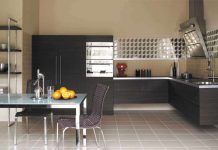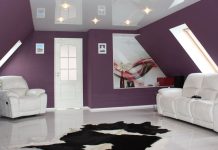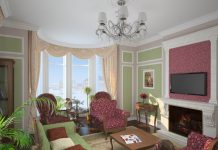When once again you will scroll through the furniture catalogs of the world’s leading manufacturers, pay attention to the materials from which modern furniture is made. In our understanding, and we are deeply convinced of this, that the furniture is made of wood.
But wood is increasingly being replaced by other more suitable materials. New trends in the furniture market are forcing manufacturers to abandon old beliefs and switch to new technologies for the production of luxury furniture.
Italian furniture, thanks to the vast experience of Italian craftsmen, occupies an honorable place as a trendsetter. High quality furniture and the latest technologies, as always, distinguish Italian furniture makers from the rest. Their traditions and accumulated secrets of furniture creation have been carefully preserved for many centuries. But Italian furniture is not only a tradition of quality. This is a constant search for new things in furniture design, as a result, Italian designers have created many masterpieces in the world. It remains to summarize that speaking about new trends in the development of the luxury furniture market, Italy occupies an honorable place as a trendsetter.
Furniture from Spain is being created now based on modern Spanish understandings of the role of the house in their lives. Today, a native of Spain wants to see his house as a comfortable place to live, and not a space that is filled with furniture. After all, the houses of the XXI century differ in more reduced volumes, therefore they should be furnished with more functional items. Thanks to this reassessment of home comfort, a new culture of consumption is being created. Wood is increasingly inferior to steel and aluminum and various plastics. There was a gradual transition to light tones that visually expand the space.
Finnish furniture is mainly made of birch now. Its array is dried and after processing turned into decorative plates. MDF and metal are used for furniture assembly. In the manufacture of upholstered furniture, tubular steel is used in combination with wooden structures for the manufacture of the frame. For stuffing, twisted cotton wool, foam plastics, foam rubber and foam rubber are used. There is experience in creating wicker furniture made of cane. Wooden surfaces are combined with tempered glass of different textures. There is a great demand for the use of melamine plates.
German furniture does not stand out particularly for its innovations among all the legislators of the furniture market, but it consistently occupies its niche in furniture production, so reliability has become a characteristic feature of German furniture. As time passed, the canonical forms changed, but the stylistic influence was copied from furniture projects of previous years. In the 90s, a German furniture project was born, and since then a variety of different approaches have been going side by side. Thanks to the innovative results that have emerged due to the intelligent use of new materials, for example, German furniture made of gel has appeared. But today, paradoxically, the German project has become non-existent. Although, in general, global trends are also present in Germany.











